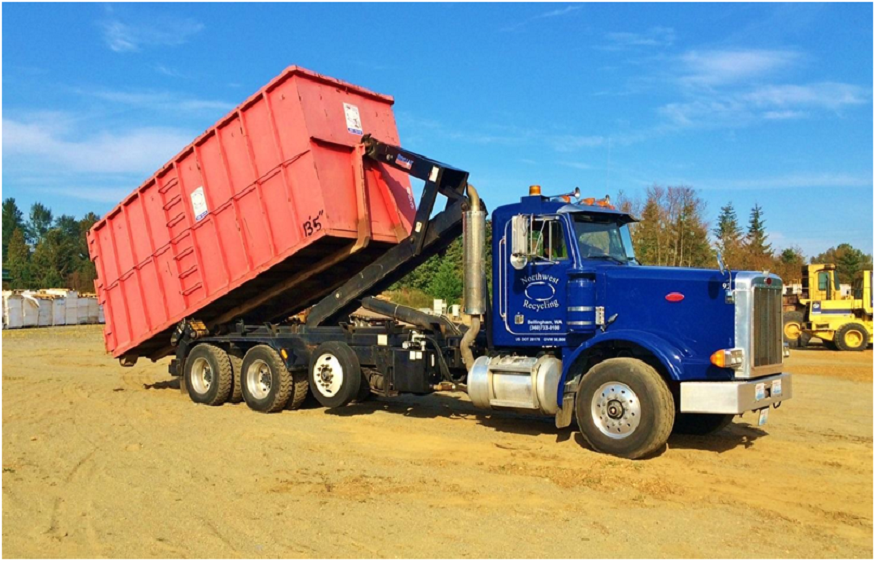Concrete is a popular choice for walkways, patios, driveways, and even basements due to its durability and affordability. However, uneven or damaged concrete can pose a serious tripping hazard, leading to potential injuries. Here, we’ll explore some best practices to keep your concrete surfaces safe and prevent unwanted stumbles.
Identifying Potential Hazards:
The first step towards creating a trip-free zone is pinpointing potential hazards on your concrete surfaces. Here’s what to look for:
- Uneven Slabs: Over time, concrete can settle unevenly, creating raised edges or dips that can easily cause someone to trip.
- Cracks and Gaps: Cracks in concrete can widen over time, creating tripping hazards. Additionally, spaces where concrete slabs meet can become uneven due to settling or erosion.
- Spalling and Flaking: This occurs when the surface layer of concrete deteriorates, creating an uneven and potentially loose surface.
- Settling: Improper drainage or foundation issues can cause concrete slabs to sink, creating a tripping hazard.
- Roots and Vegetation: Tree roots can grow beneath concrete surfaces, pushing them upwards and creating uneven areas.
Taking Preventative Measures:
Regular maintenance can go a long way in preventing trip hazards on your concrete surfaces. Here are some proactive steps you can take:
- Regular Inspections: Inspect your concrete surfaces regularly for any cracks, uneven slabs, or signs of spalling. Address minor issues promptly to prevent them from becoming bigger problems.
- Proper Drainage: Ensure proper drainage around your concrete surfaces to prevent water from pooling and causing settling.
- Sealant Application: Applying a concrete sealant can help protect the surface from moisture damage and prevent cracks from forming.
- Expansion Joint Maintenance: Expansion joints are placed in concrete to allow for movement and prevent cracking. Regularly inspect and maintain these joints to ensure they are functioning properly.
- Tree Root Control: If tree roots are causing problems, consider consulting an arborist to explore options for root barrier installation or tree removal.
Repairing Existing Hazards:
If you’ve identified existing trip hazards on your concrete surfaces, addressing them promptly is crucial. Here are some options to consider:
- Slab Leveling: Professional contractors can employ techniques like polyurethene foam injection to lift and level uneven concrete slabs.
- Crack Repair: Cracks can be filled with specialized concrete patching material to create a smooth and even surface.
- Concrete Resurfacing: For extensive damage, resurfacing may be necessary. This involves applying a new layer of concrete over the existing surface.
Professional Help:
For significant repairs or unevenness, consider seeking help from a qualified concrete contractor. They possess the expertise and equipment necessary to safely and effectively address the issue, ensuring a lasting and trip-free concrete surface.
By following these best practices, you can create a safe and enjoyable environment on your concrete surfaces. Remember, a proactive approach to maintenance and timely repairs can prevent potential injuries and ensure your concrete surfaces remain trip-free for years to come.
This post was written by a professional at PJ Concrete. PJ Concrete, based in Los Angeles, CA, excels in delivering top-notch concrete solutions tailored to your needs. Specializing in Custom Driveways, Custom BBQs, eliminating Trip Hazards, ADA Adherence, Hardscape, and Structural projects, they are dedicated to enhancing the functionality and aesthetic of your property. Trust us for durable, expertly crafted concrete work that stands the test of time. Choose PJ Concrete for quality and precision in every project. Click here to learn more!



